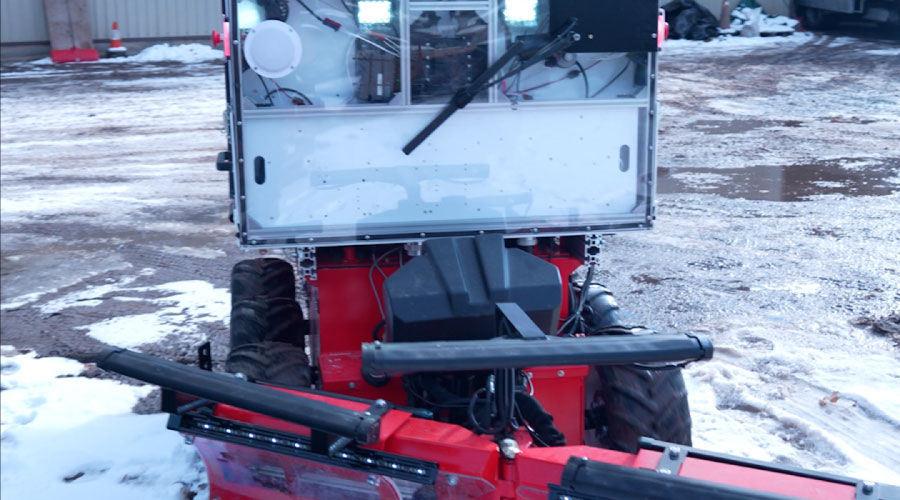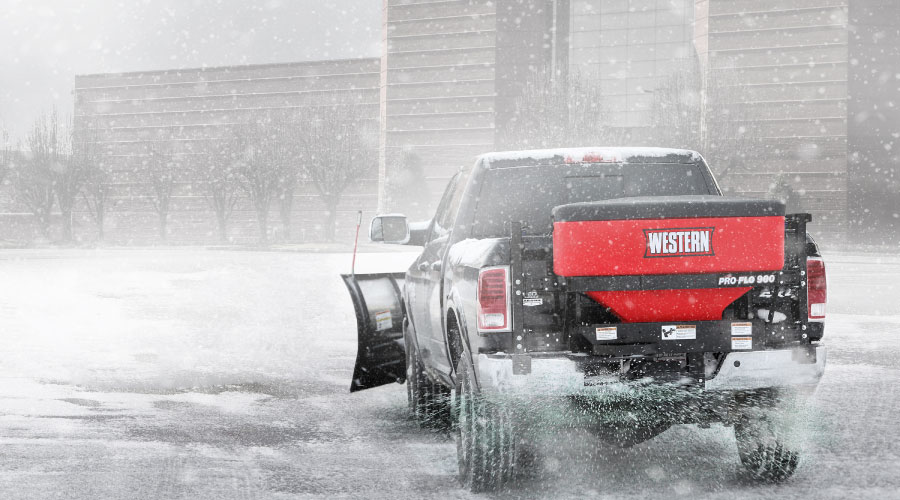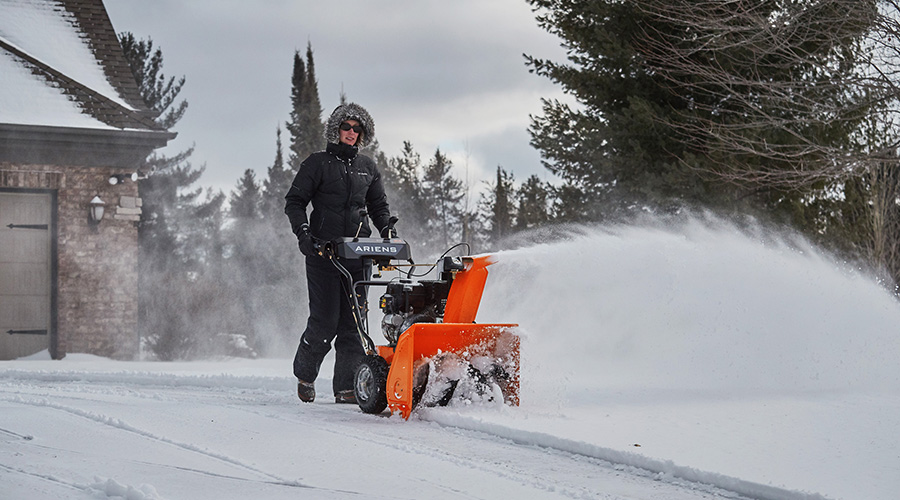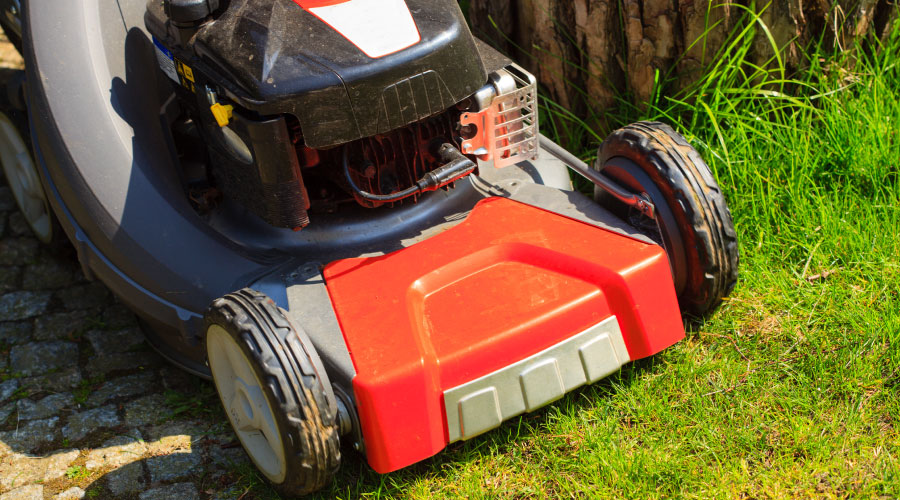Utility Vehicles and the Road to Successful Specification
Utility vehicles continue to attract the attention of grounds managers in institutional and commercial facilities for a host of reasons. New-generation vehicles are more durable than ever, they enable crews to perform a number of tasks using one vehicle, and they allow managers to stretch their departments' valuable resources further.
But perhaps most importantly, they enable grounds departments to more effectively keep landscape and turf areas looking their best, which is essential for departments trying to create positive first impressions among visitors.
"We're grounds, but I call us a marketing tool," says Tim Holysz, who is director of landscape services and transportation with Western Michigan University in Kalamazoo.
"We're marketing the campus. (Higher education is) a highly competi-
tive business."
One challenge managers face in specifying utility vehicles is sifting through the options and features that manufacturers continue to introduce in new-generation vehicles. As vehicles evolve and landscape needs shift and expand, managers need to ensure they match their new-vehicle decisions with these needs.
Fleets Evolve
Utility vehicles have skyrocketed in popularity in the last decade as grounds managers have looked for products that enable their crews to work more efficiently and become more productive in performing a dizzying array of daily grounds tasks.
"I've been with the parks for 17 years, and I've seen the cycle," says Mike Wegas, who is the fleet manager with Cleveland Metroparks Park District. "Back in 1998, we were focusing on buying just people movers — a vehicle that could move some seasonal employees with a gas can and a weed whacker to perform maintenance. The vehicle didn't have to be robust. It didn't have to have four-wheel drive. It didn't have to have a lot of capacity to carry a lot of weight.
"Now, we're hauling 1 ton of stone deep into the woods to rehab a trail. We're transporting groups of people to do a specific project, whether it's repair a fence or paint or even cut grass. So we're using utility vehicles to replace pickup trucks."
Vehicles also have replaced an even more basic piece of grounds equipment: the wheelbarrow.
"When I started here 28 years ago, we had a total of three pickup trucks and a Jeep, as well as wheelbarrows to do all the work," Holysz says. "We used to pile materials such as mulch, soil, trees, and shrubs all over this campus. Then we'd haul it with wheelbarrows. Utility vehicles have really increased our productivity and efficiency."
The vehicles also have allowed departments to adapt to changes in the way they perform maintenance.
"About 10 years ago, we transitioned from tractors alongside utility vehicles," says Rob Doletzky, assistant manager of plant, building and grounds services with the University of Michigan "We have our maintenance staff grouped into geographic zones, and each zone has its own equipment. We were looking for something that we could use year-round and that was more multi-use. We sold one pickup and one utility vehicle to get one more versatile utility vehicle."
"The changes coincided with a move of our department. We were in an old building in the center of campus that was going to be made into something else. Rather than build us a new building in the center of campus, we got moved to the outskirts of campus, as most maintenance operations do because they'd rather not see you. So we adapted and went to the zone concept. We found spots within campus to keep smaller machinery. Now they don't have to travel all the way across campus. The whole idea was to reduce our truck fleet. So we have one truck and a couple of utility vehicles per zone."
Perhaps most importantly, utility vehicles have enabled managers to stretch department resources — money, labor, and materials — to meet the growing and evolving demands of grounds care.
"Universities around the country now are under the eyes of state legislatures, and there's only so many dollars to go around," Holysz says. "They've cut our budgets, and of course that means they've cut out people, and we still have the same responsibilities. So if we want to raise the bar, (utility vehicles are) a way to do that.
"Our productivity exploded once we got these machines. Some of these machines are 20 years old, and they are worth their weight in gold. They've paid for themselves 10 times over already."
Related Topics:













